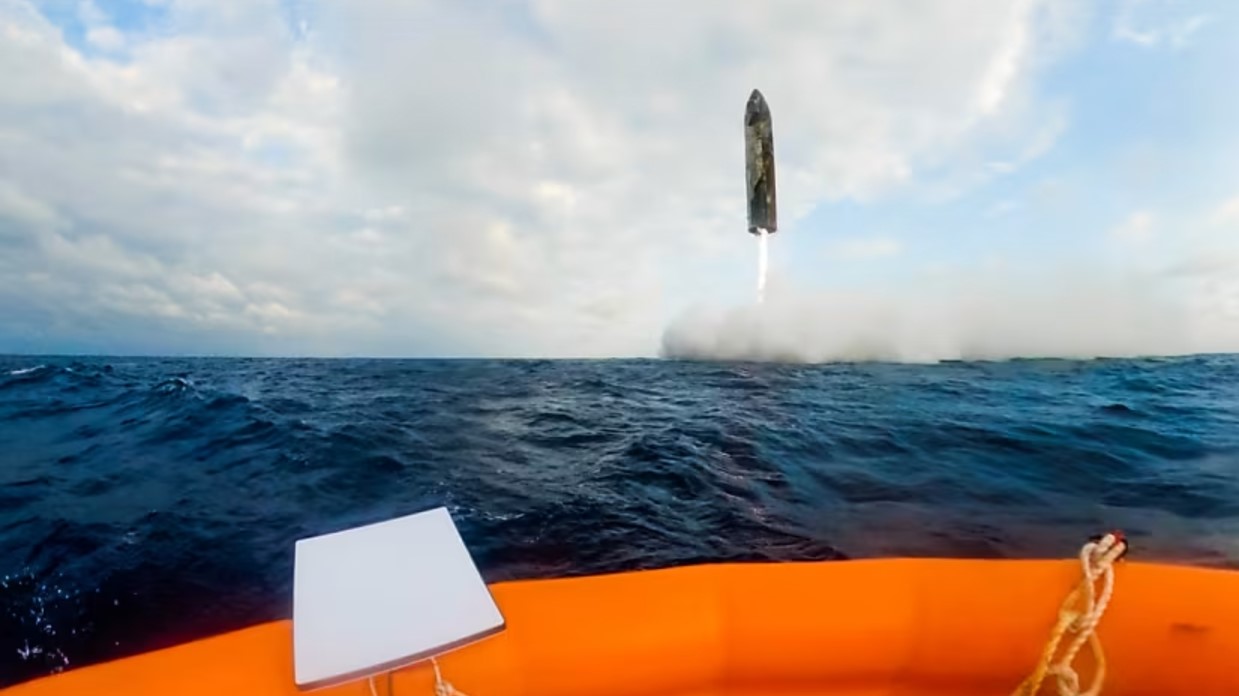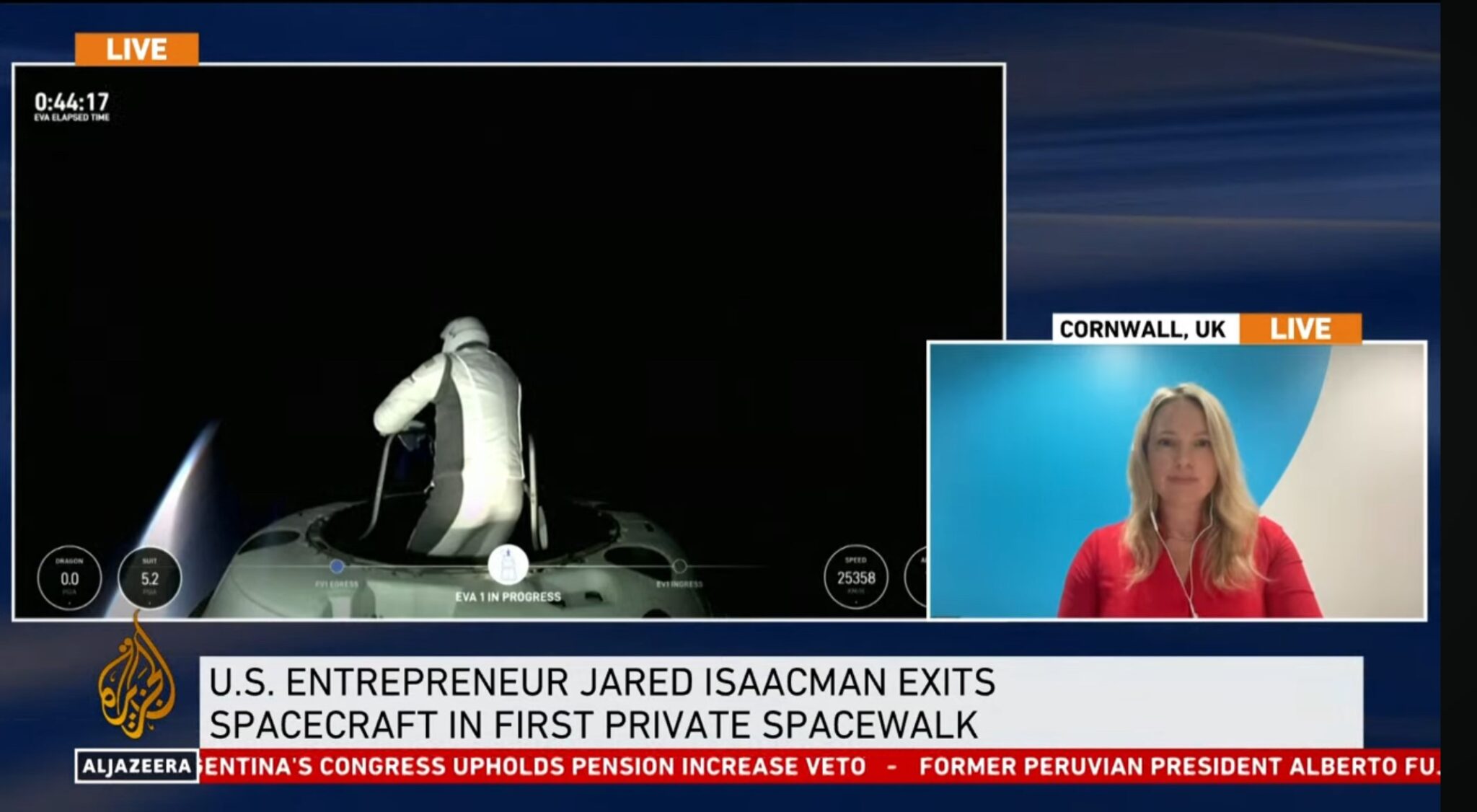While the US Defence Advanced Research Projects Agency (DARPA) may have an air of unreality about it given the limited monies attributed to the project, but it is apparently going forward with its XS-1 (Experimental Spaceplane 1) programme for a reusable space plane to dramatically reduce the costs of getting 1,000-2,500kg satellites into orbit. Its Fiscal Year 2014 spend on the project is $10 million but DARPA proposes increasing this to $27 million for the Fiscal Year 2015 which should include a Preliminary Design Review for a finalist chosen from competitor designs. It has been mooted that the design may have an air-breathing element in a similar vein to the Skylon concept thought up by the UK Reaction Engines firm.
For a smaller scale air-launched launch vehicle the agency is pursuing its ALASA (Airborne Launch Assist Space Access) project to which DARPA proposes to invest $55 million in Fiscal Year 2015. This represents a steady increase of over this year’s spend of $42.5 million and $29.3 million in FY 2013. Boeing has noted that it has received a 11-month, $30.6-million contract with options to build up to 12 of the 24-foot vehicles. With all the options, the contract could be worth as much as $104 million.
At one point it was thought that the design would involve the Boeing multi-stage air breathing concept to launch a 45kg payload into low Earth orbit for less than $1 million. While Boeing has not promised this price, it has announced that it is aiming to reduce launch costs for this size of payload by at least 66%. by plumping for a more conventional rocket air-dropped concept. This uses a 7.3m long rocket dropped from an F-15E fighter jet at 40,000 feet.
The rocket does have a unique configuration in having four rocket engines forward-mounted. This configuration allows just the fuel tank stages to fall away as the engines fire all the way to orbit. Experts point out that there are some problems with this configuration. There may be cooling issues for the rocket engines in having such a long burn time. Likewise, while better for trimming and balance for the overall launch vehicle, front mounted engines would have other issues to contend with. In order to avoid impingement by the rocket engine’s very hot plume, the engines would have to be either mounted away from the rocket body adding weight to the structure, or have their thrust inefficiently canted (angled) away from the body. The artwork provided by Boeing seems to indicate a bit of both. Details of the propellants have not been released.





